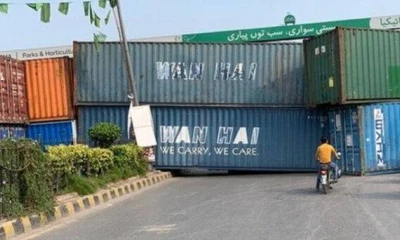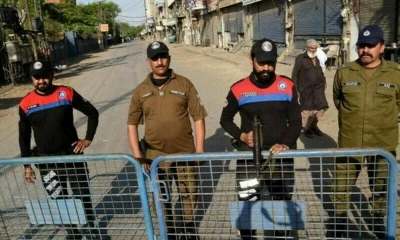More than 1,300 people have died in Saudi Arabia during this year’s Hajj, the annual pilgrimage to some of Islam’s holiest sites, succumbing to the brutal temperatures in the Gulf region. The kingdom of Saudi Arabia has always had hot summers, but temperatures reached 125 degrees Fahrenheit during this year’s pilgrimage, conditions that may become routine for the country as the world struggles with the effects of climate change. That reality raises the question of how the kingdom can better mitigate extreme heat to limit Hajj deaths in future — and likely hotter — years. This year’s tragic deaths were caused by the heat, but were exacerbated by a visa system many attempt to circumvent. For Muslims, Hajj is one of the five most sacred professions of faith and many adherents view making the journey to Mecca, the birthplace of the Prophet Muhammad, as a requirement for all believers able to do so. To control the flow of Muslims wishing to complete the journey, Saudi Arabia limits the number of Hajj visas it offers per year. To get around that requirement, some companies provide would-be pilgrims with tourist visas to Saudi Arabia that do not include permission to make Hajj — or accommodations at the holy sites where people can shelter from the heat. Left without any official government aid or oversight, many of these unauthorized pilgrims suffered from exposure — and it is they who make up the largest proportion of the dead, according to Saudi authorities. How Saudi Arabia will manage these pilgrims, and the coming extreme temperatures, in the future isn’t clear; though if the government does not, people are likely to continue to die in large numbers. What is Hajj? Hajj consists of visits to multiple holy sites in Mecca, Saudi Arabia, where the Prophet Muhammad was born. During Hajj, Muslims visit the Kaaba, a shrine within the Great Mosque which they are to walk around seven times. Over the five days, they also visit other sites outside Mecca, including Mount Ararat, the site of Muhammad’s last sermon according to tradition. This journey is very expensive, running anywhere between $3,000 and $17,000 depending on the package they choose and their country of origin (some countries, like Indonesia, subsidize parts of Hajj travel). It requires a special visa that’s obtained ahead of time through a government portal — where people can also choose their Hajj packages, including accommodations, transportation, and even add-ons like SIM cards and additional tours. It’s estimated that hundreds of thousands of pilgrims unable to access the official visas complete Hajj through alternative methods each year. Why was it so deadly this year? Many pilgrims come to the kingdom under tourist visas, which technically don’t allow access to Hajj sites. Though these pilgrims are allowed in Saudi Arabia and visit the Hajj sites without official paperwork, those sites are not set up to accommodate them. That means they don’t have air-conditioned transportation to and from the sites, or government reserved air-conditioned lodging where they can rest or escape the heat. According to government officials, 141,000 of these unauthorized pilgrims were treated for heatstroke. Many more are believed to have suffered without treatment. Muslims from poor countries are likeliest to come without the necessary accommodations — and likeliest to suffer from heat-related injury and death, especially as the journey becomes increasingly costly. "It's beyond the reach of so many pilgrims from Egypt, Bangladesh and Morocco and other countries, even though they save for a lifetime to come once,” Madawi al-Rasheed, a visiting professor at the London School of Economics Middle East Centre, told Bloomberg. All told, the government says it treated roughly half a million of the 1.8 million people who made Hajj this year for heat-related conditions. This year’s Hajj is not the deadliest on record. A 2015 stampede killed approximately 2,400 people though the Saudi government put that number much lower, at 769. The royal family, as the New York Times reported in the aftermath, had been accused of negligence and mismanagement in its oversight of the Hajj — primarily by regional rival Iran, which lost hundreds of citizens in the stampede — but has implemented huge infrastructure projects over the years meant to help make the Hajj less perilous. And there have been other mass casualties due to heat as well, like in 1985 when 1,012 people died in temperatures reaching 129 degrees, Bloomberg reported. And from 2002 to 2015, more than 90,000 pilgrims died on Hajj or Umrah, another pilgrimage to Mecca that does not need to be performed during the time of Hajj. Islam operates according to the lunar calendar, so the timing of holy periods like Hajj shift from year to year. Next year, for instance, it will come earlier in June — which still may mean high heat. But often the Hajj doesn’t take place in the sweltering summer, so over the next several years travelers may not be subject to these dangerous conditions. However, that also means that by the next Hajj period, temperatures could be even higher than this year. Is anything being done to make these events safer? Thus far, many governments are putting much of the blame on travel brokers who got pilgrims into Saudi Arabia without the correct travel provisions and visas to actually complete the Hajj safely. Egyptian brokers have come under particular scrutiny: Of the 650 Egyptians who reportedly died during the Hajj, 638 were so-called unregistered pilgrims. The Egyptian government has already sanctioned 16 travel brokers, stripping them of their licenses and recommending them for prosecution. Figuring out how to prevent such unauthorized visits will be important for Saudi Arabia in the long term, especially as it continues its ongoing tourism push; according to Bloomberg, the tourism industry plans to add up to 200,000 new hotel rooms in the kingdom over the next two years, and hopes to have 150 million tourists by the year 2030. But another significant concern is climate change — and the Gulf countries, including Saudi Arabia, are at particular risk. Regional temperatures are already significantly higher than global averages, and the majority of the population of the Gulf countries will be exposed to extreme heat by 2070 — even if global temperatures rise by only 1.5 degrees Celsius per global climate targets. The government has tried to to mitigate some of the risks of conducting Hajj in such weather, including sending texts to pilgrims asking them not to go outdoors during the hottest parts of the day; misting and fanning walkways; and providing free water, in addition to training medical responders to deal with heat-induced illnesses. But that’s just not enough; improved medical infrastructure, flexible or staggered schedules for conducting different ceremonies; and more shading or pavilions for worshipers are just some of the simple ways the kingdom could address the problem. The most effective ways to ensure reduced heat deaths, however, will have to come from policy changes. Though the government said it turned away 155,000 people who did not have the proper Hajj visas this year, nearly that number managed to subvert the system and suffered some form of heat injury. The kingdom will need a better system to reduce the number of unauthorized pilgrims — which could include helping subsidize the journey or encouraging other governments to do so, or changing the Hajj calendar and otherwise improving infrastructure. And though Saudi Arabia has pledged to try to attack the root of the problem by releasing net zero carbon emissions by 2050, it remains one of the world’s largest producers of oil. And although the kingdom is diversifying its economy, it is still heavily dependent on oil and seems to be intent on staying that way in the future. And that — along with the relative inaction of other large polluting countries — suggests it will have to reckon with extreme heat, and find ways to avoid unnecessary deaths, in future years.
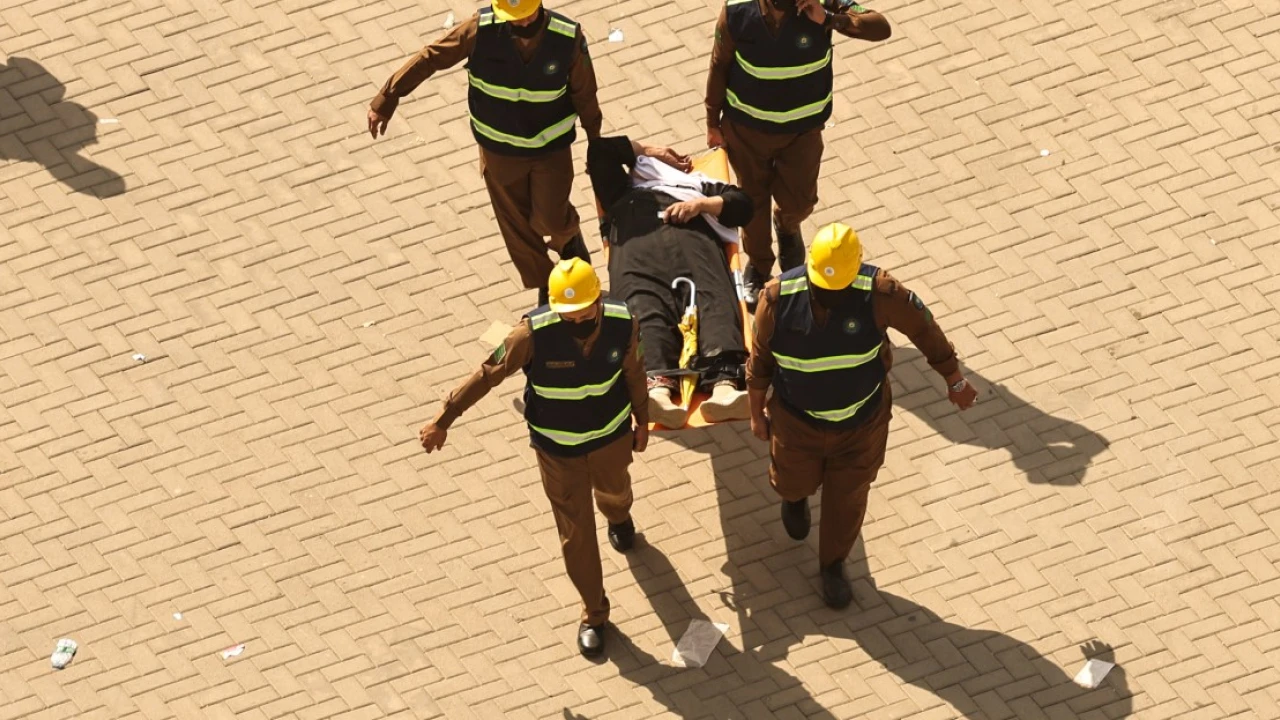

 Business 1 day ago
Business 1 day ago
 Pakistan 2 days ago
Pakistan 2 days ago
 World 2 days ago
World 2 days ago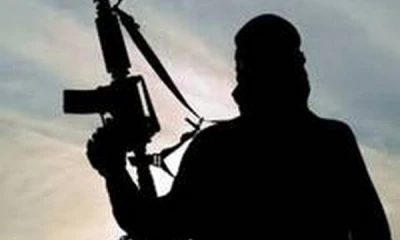
 Pakistan 1 day ago
Pakistan 1 day ago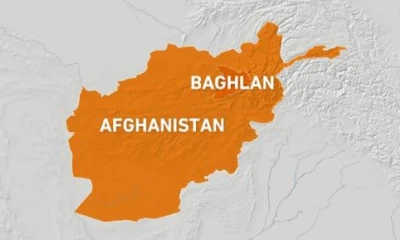
 World 2 days ago
World 2 days ago
 Pakistan 1 day ago
Pakistan 1 day ago
 Sports 1 day ago
Sports 1 day ago
 Pakistan 1 day ago
Pakistan 1 day ago



